Prevention and treatment of fusarium and verticillary wilting of cucumbers
Sometimes you can see the fusarium wilting of cucumbers grown in greenhouse conditions and in open beds. This problem can be caused by various reasons, but most often it occurs due to lesions of a fungal infection of the vascular system of plants (verticillous or fusarium).
Causes of occurrence
In some cases, cucumbers begin to wilt due to the underdevelopment of the root system. This can happen when planting cucumbers in a greenhouse in too dense soil. At the same time, the root system cannot provide the grown plant with nutrients and moisture. If you inspect such a plant, then signs of damage by microorganisms will not be revealed on it, but only the underdevelopment of their roots is established.
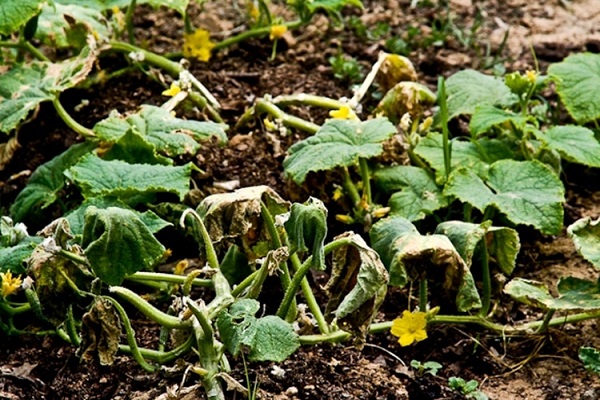
Note! If the seeds of cucumbers are planted in the affected soil filled with hot water without disinfection, the plants will be affected by thermophilic fungi and pathogens that can cause temporary toxicosis.
Studies of wilted plants show that small roots die off as they grow into the soil. The period from the beginning of germination to wilting of the whole plant is sometimes more than a month. When cucumbers wither, the ability to resist diseases caused by various bacteria and infections is lost.
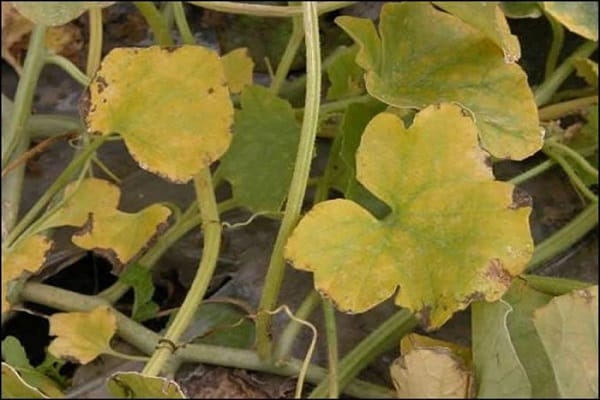
If the soil is enriched with a culture of living bacteria and fungi, then the process of its detoxification is accelerated. For this purpose, the following drugs are used: Baktofit, Trichodermin, Fitosporin-M, Integral, Pseudobacterin-2. Compost applied to the soil can have the same effect. It helps to restore the fungistaticity of the soil.
If the pre-sowing preparatory work of the soil with a reduced moisture capacity is insufficient, cucumbers can be affected by the fungal infection Verticillium albo-atrum. This happens when they enter the vascular system.

You should not create narrow and high beds. When watering them, the water does not have time to penetrate deeper, and the plants do not receive the required amount of moisture. If the soil has a temperature above 28 degrees, then root system of cucumbers weakens, and the fungus in the ground begins to infect the plant.
If the leaves of the lower tier are affected, marginal spotting may occur. The leaf plate located between such veins begins to die off. The foliage of the upper tier loses its turgor and becomes chlorotic.If you make a cut of such a sheet, then under a microscope you can see the mycelium with it.

Fusarium (tracheomycosis and verticillosis) of cucumber
The danger of this cucumber diseases is to deal a lot of damage to yield. The disease can quickly spread over large areas. When the aboveground part of the plants is infected, up to 50% of all grown vegetables can be covered.
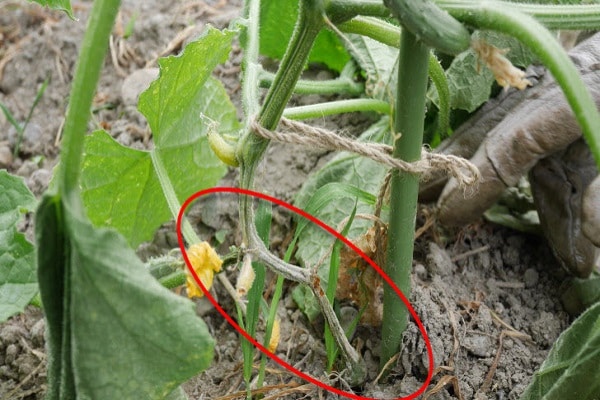
Typical symptoms of the disease
When affected by this type of disease, not only the foliage perishes, but also the stem and root system. The relatively high air temperature contributes to its occurrence. Fusarium cucumber is afraid of a drop in temperature.
The symptoms of fusarium disease begin to appear with damage to the root system (root rot). This problem occurs more often in greenhouses and greenhouses. In the soil, the infection accumulates and spreads to all new areas.
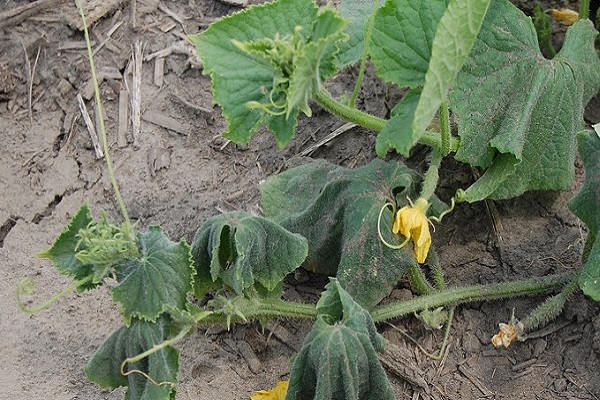
The first signs after the onset of infection appear after a few weeks. Clogging of blood vessels with tracheomycosis, shortly before fruiting, leads to the fact that in the hottest time of the day the foliage withers, which ultimately leads to the death of the plant.
During the formation of zelents, the symptoms of fusarium on hot days can change. The blood vessels of plants blocked by tracheomycosis do not affect the development of the root system. The disease is sluggish, but the plants stop growing ahead of time. Microscopic examination of the stems reveals mycelium of fungi, as well as neoplasms in the vessels in the form of a granular brown substance.

At the same time, a silvery-white mycelium appears at the base of mature plants. The mycelium that appears on the stems leads to the rapid death of the plant.
Biological feature of Fusarium and Verticillosis
For the causative agent of verticillosis, a high soil temperature (more than +26 degrees) is favorable, as well as a lack of moisture. At the same time, for Fusarium, low temperature conditions and waterlogging of the soil are favorable.
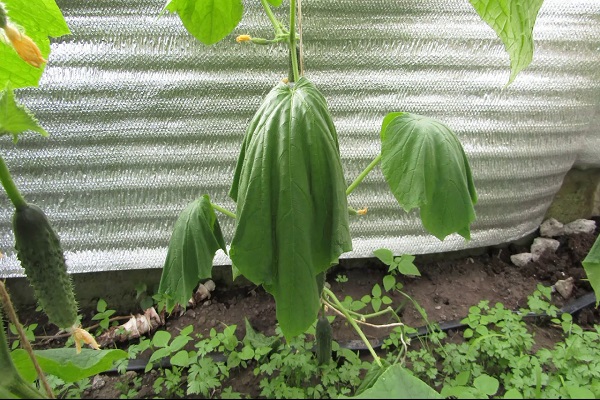
Both of these diseases prefer soil that is acidic. Plants affected by this disease exhibit the following types of disorders: vascular occlusion, toxicosis, wilting, tissue necrosis.
Fungi can invade plants both immediately after sowing and after the seeds have germinated. When the root system is injured, a kind of gate is formed for infection to penetrate through them.
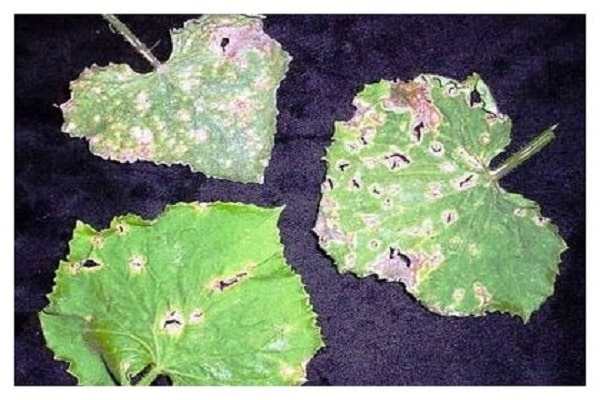
Fungi form colonies in the vascular system, and then gradually get to the parenchyma. If the soil, in which even a small colony of conidia is located, is not disinfected, then it will be practically unsuitable for growing cucumbers.
But the presence of a pathogen does not always lead to the drying out and death of the plant. With properly organized care, the number of infected bushes is reduced by about 3 times. Conversely, improperly conducted agrotechnical measures significantly increase this indicator.
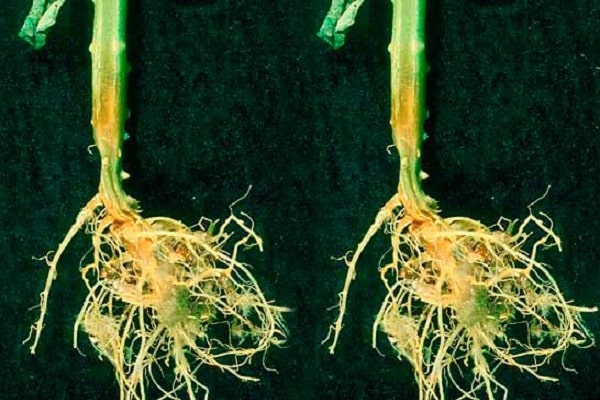
Sources of disease-causing infections
The main source of spread of the disease-causing infection is the seeds used for planting. Failure to comply with production technologies, the source of infection can be soil and plant residues.
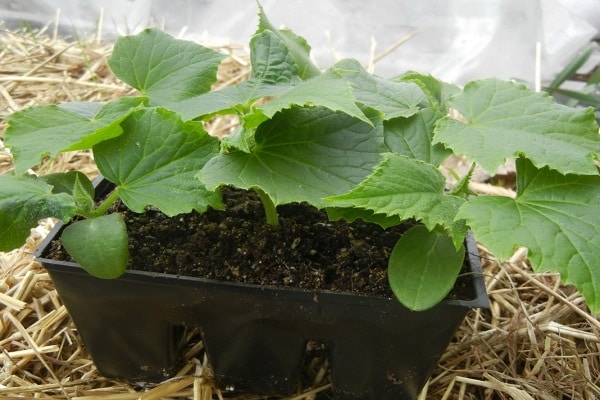
Measures to protect against fusarium and wilting
Pathogenic microorganisms are very resistant and measures to protect against them are not always successful. Sowing healthy seeds is considered the best preventive measure. If, after removing the dead plant, another plant is planted, then disinfection of the soil in the hole should be provided, otherwise the newly planted plant will also die.
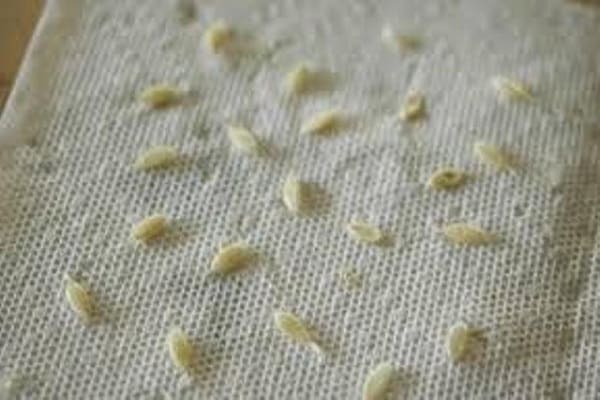
How to deal with the problem of fusarium
When growing cucumbers, vegetable growers use special agricultural techniques to cope with cucumber fusarium and prevent the spread of the disease:
- The use of preventive measures for disinfecting the soil in the beds with the help of chemicals or heat treatment.
- Purchase or preparation of substrates for planting seeds, taking into account their terms of use.
- To ensure the duration of the growing season of cucumbers, at the time of their active fruiting, additional soil is poured out to ensure the formation of an additional root system. Compost is used for this purpose, and sometimes it is rolled for optimal aeration.
- Drip irrigation requires drainage so that moisture does not stagnate.
The formation of plants and regular harvesting reduces the stress on the plants, as a result of which the aging process of the plant's root system slows down.
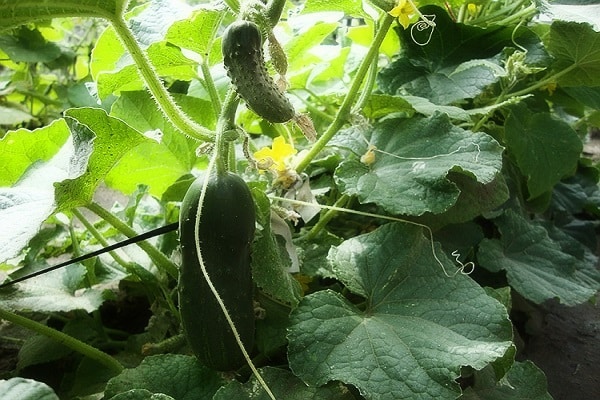
Biological agents used
Treatment of fusarium wilting of cucumbers is carried out using some strains of Trichoderma. Such drugs are created in laboratories. You can treat the finished product by adding it to the moistened soil 2-3 days before planting vegetables. In the future, this suspension is sprayed on the stems, foliage and soil in the beds.

Chemicals
Often, fungicides do not have a significant effect on cucumber wilting. This result is due to the increased resistance of pathogens.
Conducted research of means for eliminating seed infection, it was found that Fundazol is the most effective. Other similar agents were weaker.
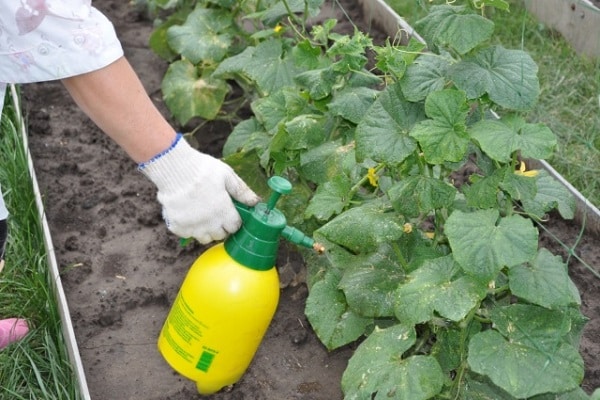
Good results in the destruction of fusarium infection of seeds are given by the gradual warming of the seeds before planting (the first day - 35 degrees, three days - 55 degrees, the fourth day - 72 degrees).
Measures to prevent the fight against the manifestation of fusarium and wilting of cucumbers consist in disinfecting the soil in greenhouses, as well as the composts and other substrates used for planting seedlings with steam, with the further introduction of biological preparations.
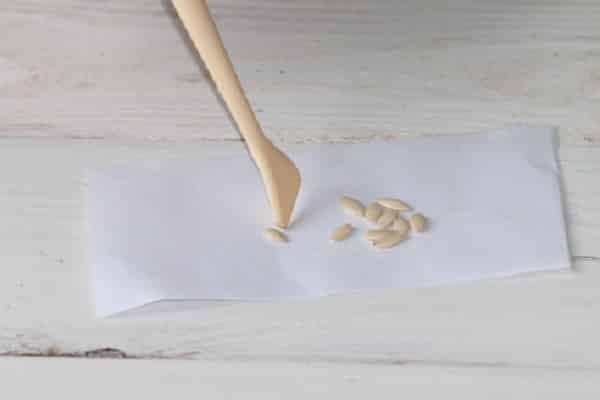
The prepared fungicide solution is poured under the root of the infected plants. If the infection has spread through the beds in the form of a focus, then their treatment should be carried out over the entire affected part. To cope with the spread of the disease, it is necessary to carry out 1-2 treatments.
In this case, drugs from the benzimidazole group have a positive effect.
In some cases, Fusarium, being in plants, develops slowly, without causing significant harm. This is due to the treatment of seeds with fungicides (as is done by seed farms).
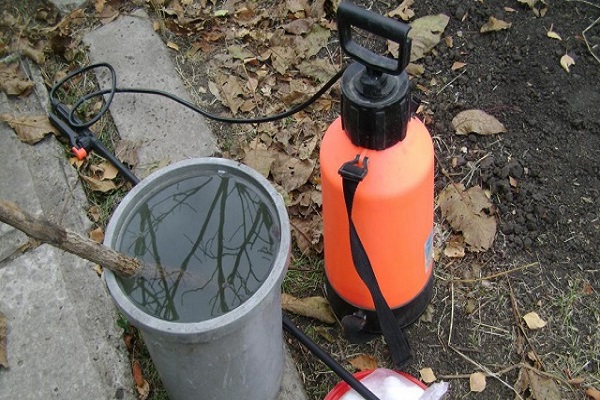
Also, subject to the rules of agricultural technologies for growing cucumbers, plants develop sufficient immunity, which prevents the development of the stem form of the disease throughout the growing season. The Fungicide preparation can protect the plant for only 2-3 weeks, and drafts, changes in the temperature level of soil and air, and insufficient agro-technological care of plants are considered the main problem of the development of fusarium.
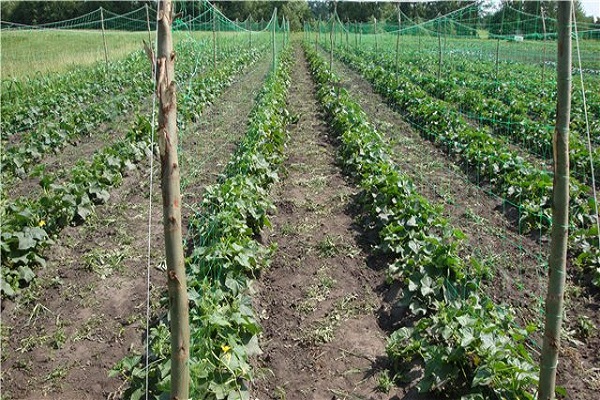
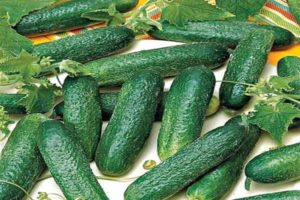
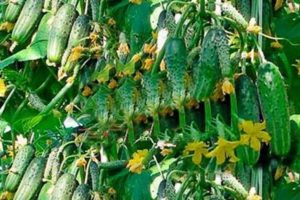

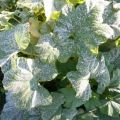




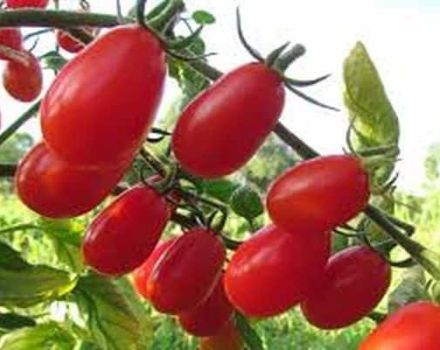

The best prevention is timely fertilization of the soil. It is necessary to use not only organic products, but also mineral ones. I really like the bioactivator "BioGrow”, He will quickly solve such problems.
For some reason, the cucumbers started to get sick in our greenhouses, they didn't really have time to grow up when they started to get sick. The first year they used a greenhouse, when they planted without a greenhouse, there were no such problems. Maybe this disease is due to high moisture, it would be worth mentioning about it!